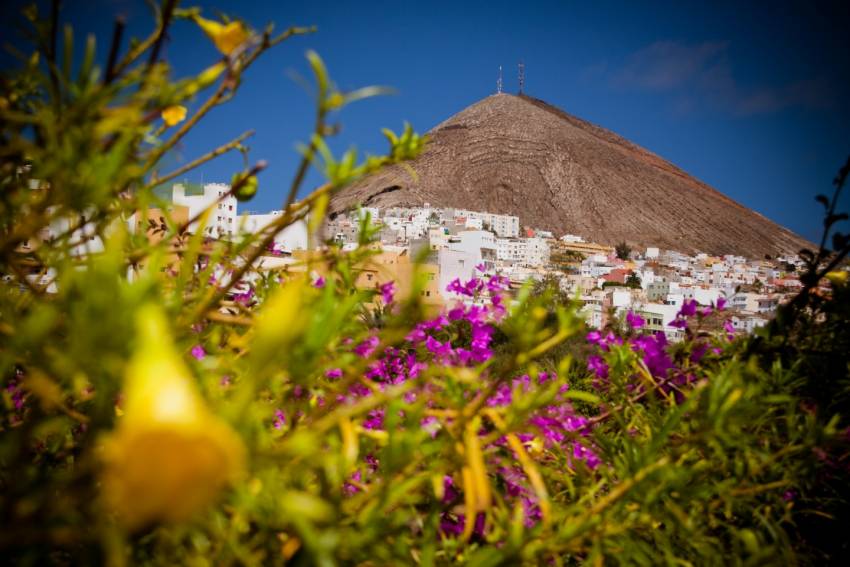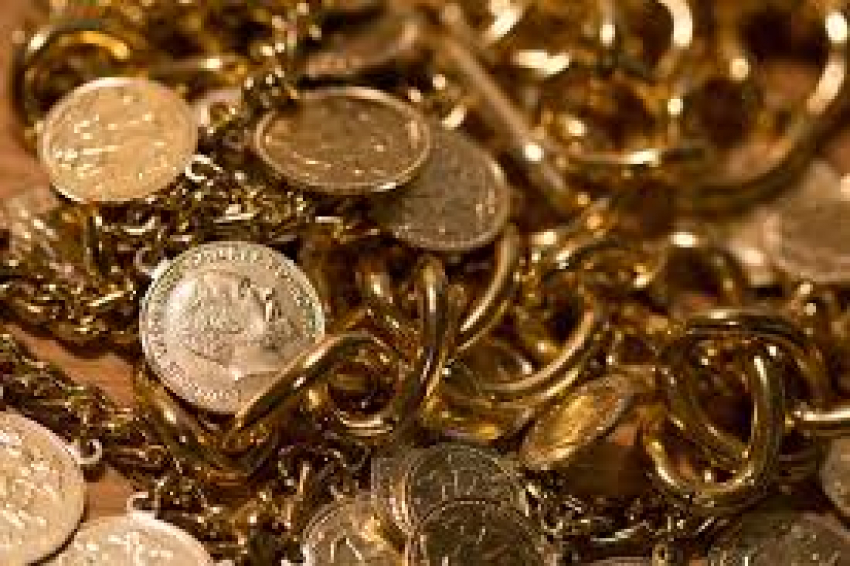Modern Gáldar is a pretty provincial town of about 25,000 inhabitants and its pretty square, neoclassical buildings and cobbled old streets are worth a wander. The surrounding Gáldar municipality is largely rural and Gáldar town is surrounded by banana plantations.
The Painted Cave
The town's main attraction is the Cueva Pintada or Painted Cave archaeological centre; The island's largest archaeological site. Gáldar was one of Gran Canaria's two pre-Hispanic capitals and you can now visit the excavated parts as well as the famous Cueva Pintada or Painted Cave. Known as the Sistine Chapel of the Canarii, it's decorated with red, white and black dyes in a geometrical pattern of triangles, squares and circles. The entire Cueva Pintada complex is a fascinating trip back in time.
Other highlights
Gáldar boasts one of the oldest examples of the Drago (dragon tree) in Gran Canaria, documented as early as 1718. You'll find it right in the tourist office at the main square. It's worth pòpping in even if you don't need any information just to see the spiral ceiling in the theatre next door.
Gáldar's proud history gives the locals a strong sense of identity and they are a friendly bunch. It's a stronghold of the traditional sport of Canary wrestling; a spectacle well worth seeking out if you are in town for a few days.
The local market, indoors on the main street of the historical town, has an excellent selection of local cheeses and the huge range of exotic fruit grown on the surrounding farms. Look out for local pineapples as well as mangos, papayas and oranges. Ask for Flor de Guia cheese in the market or local bars and restaurants. It's made with thistle juice rather than rennet so veggies can gorge.
The beast
The rocky Galdar coastline has a dozen classy waves, but El Frontón, known as The Beast, is Europe's most powerful bodyboard wave; it breaks boards and arms just for fun and makes Hawaiian surfers think twice. The wave is strictly for locals and expert bodyboarders, but it's a fantastic spectacle for everyone. Drive from Galdar down to the coast and head east along the track to here.
Diving
Tiny Sardina de Gáldar is the centre of the world for local Gran Canaria divers; Its clear, calm waters are one of the best places in Europe to spot angel sharks along with the Gran Canaria regulars like bream, parrotfish and porgies.














